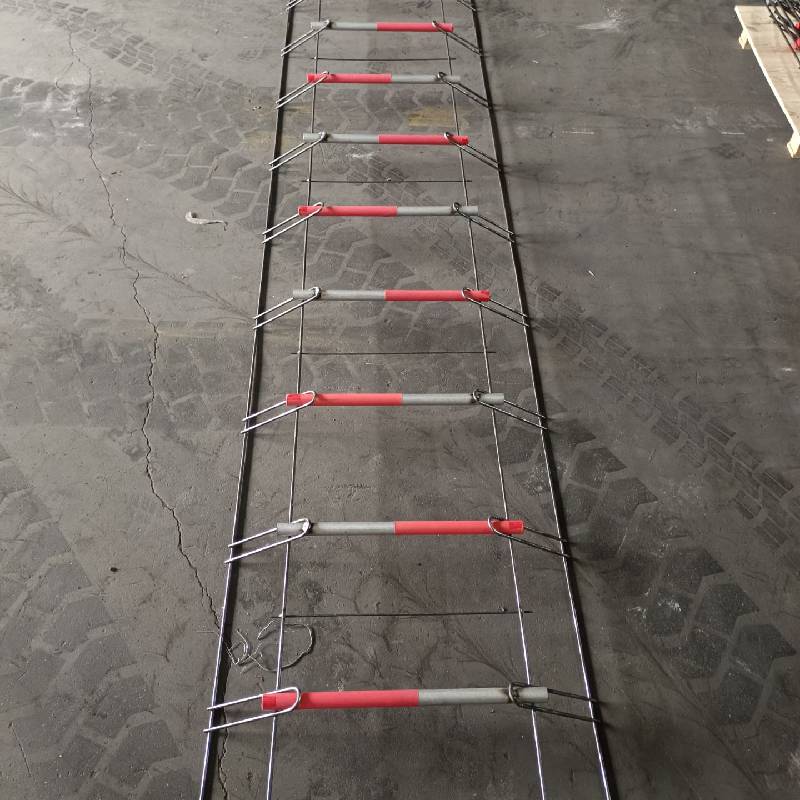
- Mobile Phone
- +8613931874955
- sales@cntcmetal.com
masonry tie spacing
Understanding Masonry Tie Spacing Importance and Best Practices
Masonry construction is a staple in building design, offering durability, aesthetic appeal, and structural integrity. One of the critical aspects of masonry construction that often goes overlooked by both professionals and homeowners is the spacing of masonry ties. Proper masonry tie spacing is essential for ensuring the stability and longevity of masonry structures.
What Are Masonry Ties?
Masonry ties, often made of metal, are used to connect masonry walls to the structural framework of a building. They help keep the walls in place, providing lateral stability and allowing for expansion and contraction due to temperature fluctuations. Without adequate ties, masonry walls could bow or collapse, leading to significant safety hazards and costly repairs.
The Importance of Proper Spacing
The spacing of masonry ties is crucial for several reasons
1. Structural Integrity Proper tie spacing ensures that loads are evenly distributed across the masonry wall. If ties are spaced too far apart, sections of the wall may not be adequately supported, leading to potential structural failures.
2. Lateral Support In regions prone to earthquakes or high winds, masonry walls must have sufficient lateral support. Properly spaced ties contribute significantly to the overall lateral stability of the wall, reducing the risk of damage during extreme weather events.
3. Moisture Control Adequate tie spacing helps in managing moisture within the masonry. If ties are too close together, they can create pockets that trap moisture, leading to mold growth and decay over time.
masonry tie spacing

4. Aesthetic Quality Ties also play a role in maintaining the visual integrity of masonry constructions. Correct placement ensures that the finish is smooth and that there are no visible cracks or misalignments in the finishes.
Best Practices for Masonry Tie Spacing
1. Follow Codes and Standards Always refer to the local building codes and national standards, such as the International Building Code (IBC) or the American Concrete Institute (ACI) guidelines, for specific requirements regarding tie spacing. These codes are designed to ensure safety and structural soundness.
2. General Spacing Guidelines A common recommendation is to place ties vertically every 24 inches on center and horizontally every 16 inches, but this may vary based on the type of masonry unit, wall thickness, and overall structure height. For taller structures, consult a structural engineer for recommendations.
3. Consider the Environment External factors, such as seismic activity, wind load, and local climate should influence your decision on tie spacing. For regions with higher risk of seismic activity, closer ties may be necessary to provide additional support.
4. Use Quality Materials Select high-quality, corrosion-resistant materials for your masonry ties. Poor-quality materials may not provide adequate support, and corrosion can significantly reduce their effectiveness over time.
5. Regular Inspections and Maintenance After construction, regular inspections should be conducted to ensure that all ties remain intact and secure. Look for any signs of movement or deterioration in the masonry and address these issues promptly.
Conclusion
In summary, masonry tie spacing is a critical aspect of masonry construction that should not be neglected. Proper spacing not only enhances the structural integrity and longevity of walls but also plays a role in moisture control and aesthetic quality. By adhering to best practices, understanding the impacts of environmental factors, and following applicable building codes, builders and homeowners can ensure that their masonry structures remain safe, stable, and visually pleasing for years to come. Investing time and resources into proper masonry tie spacing is ultimately an investment in the overall health of the building and its occupants.
share:
-
Wall Ties for Concrete: Invisible Guardians of Building Structural StabilityNewsAug.08,2025
-
Timber Frame Wall Ties: Stable Bonds for Load TransmissionNewsAug.08,2025
-
Stainless Steel Woven Wire Mesh: A versatile material from boundary protection to functional supportNewsAug.08,2025
-
Powder Coat Coil Springs: Creating peace of mind and reliability with sturdy protectionNewsAug.08,2025
-
Floor Standing Sign Holder: A Powerful Assistant for Flexible DisplayNewsAug.08,2025
-
Binding Iron Wire: An Invisible Bond for Building StabilityNewsAug.08,2025
-
Yard Sign Stakes: Reliable Guardians of Outdoor SignsNewsAug.04,2025



















